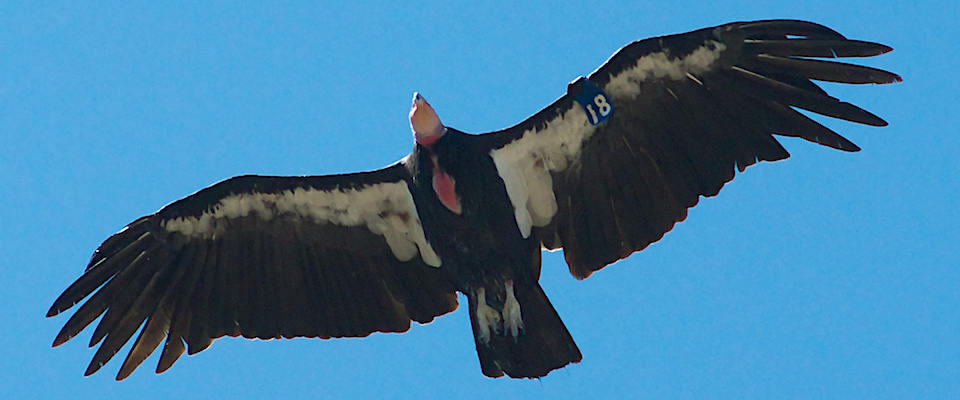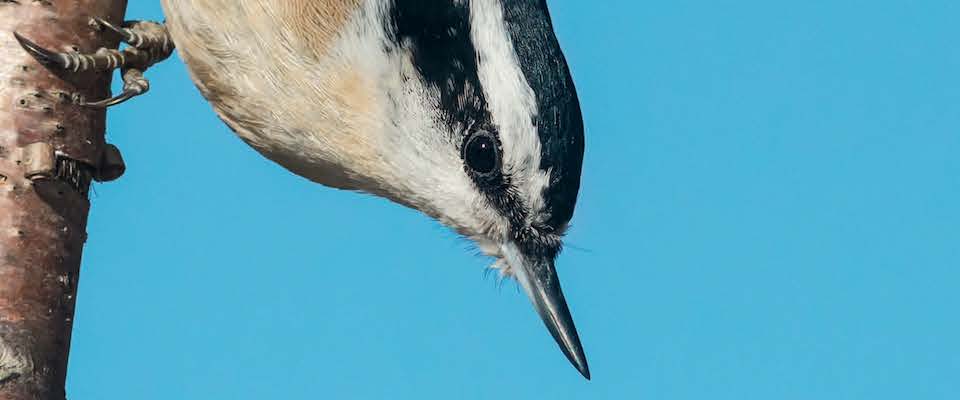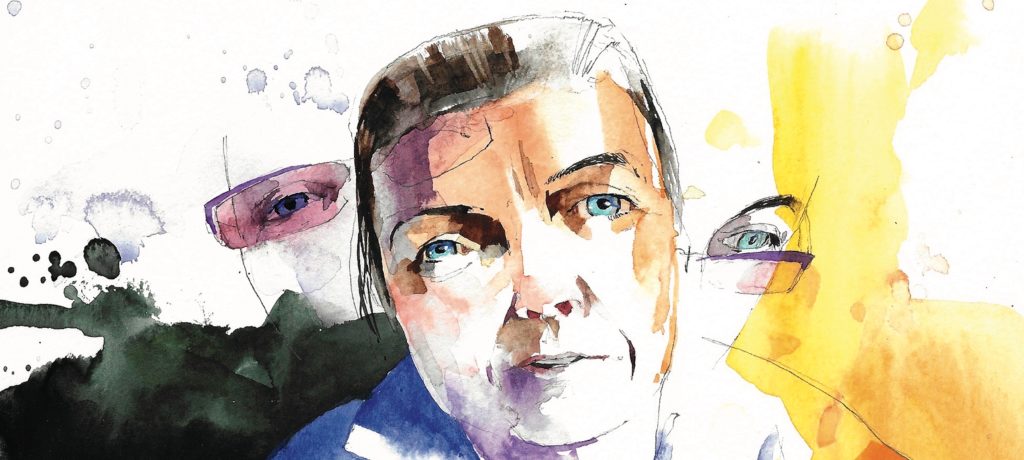Out of all the organisms on Earth, parasites might have the worst reputation of all. But a team of researchers in the lab of Wayne Getz, a professor of wildlife ecology in the Department of Environmental Science, Policy, and Management, wants to improve the parasite’s standing in the world.
Parasites are as vulnerable to climate change as other species, the team asserts in a paper published in January in Royal Society Open Science. And losing them could have dire consequences for entire ecosystems.
An early paper by this team, Paradigms for Parasite Conservation, published in 2016, called for a paradigm shift in the way we regard these organisms, especially in conservation work. Most research has focused on host health, which generally leads to methods to eradicate the parasites. But while parasites may not be healthy for an individual host, they are essential for ecosystems.
“We give parasites a hard time just like we used to give wolves a hard time in the early 1900s. We don’t see the value they provide.”
“When we were writing these last few papers, we kept coming back to the idea that parasites are dark matter,” says Colin Carlson, Ph.D. student and co-author on both studies. “They’re this invisible stuff in ecosystems that holds everything together.” Parasites can regulate populations, alter animal behavior, and even prevent more harmful diseases. For example, a study published in Science showed that helminth worms can prevent Crohn’s disease by allowing beneficial microbes to crowd out disease-causing bacteria. Parasites are involved in more than 70 percent of the links in an ecosystem’s food web (interlocking food chains). For example, if a fox eats an owl that has eaten a mouse, it’s likely that a lot of parasites will be involved, because several different ones could be feeding off each host. Their exact role hasn’t been closely studied, however.
“We give parasites a hard time just like we used to give wolves a hard time in the early 1900s,” says Carlson. “We don’t see the value they provide.”
So, what would parasite conservation efforts look like? “It will likely be a triaging effort,” responds Carrie Cizauskas, co–lead author on the recent study. “We can’t conserve everything, so it becomes a question of how can we align our efforts with other species we’re trying to conserve?” In other words, saving a parasite means saving its host, and the focus will likely be on larger endangered species and their pests. Carlson explains that, like most conservation efforts, this involves a delicate balance. By introducing parasites into zoos and captive breeding programs, both the host and parasite can be saved at once. But if implemented incorrectly, the strategy could endanger the hosts and hurt both conservation efforts.
Challenges like this are part of what makes the team’s work controversial, explains Carlson. “Conservation is a crisis discipline, and so is emerging infectious disease research. Sitting at the intersection of those two things is us, trying to convince people we should save the parasites. It’s hard to advocate for.”
It will also be important to identify which parasites are the most endangered, and which are the most important to save. To help with this, the team has built a Web interface called the Parasite Extinction Assessment and Red List, or PEARL. It’s the world’s first parasite conservation database, allowing users to assess the extinction risk for various species.
Despite all their efforts, the Getz lab team acknowledges that it won’t be able to save most parasites from extinction. For the majority, Carlson says, researchers will need to learn as much as they can about the organisms before they’re gone. Museum collections are particularly important in this regard because they provide researchers with a record of parasite biodiversity. Samples are kept preserved either in formaldehyde or in glass slides. Going forward, these collections can help us understand the role played by parasites in ecosystems, even after the organisms are gone.
Ticks and tapeworms may never join the polar bears and others of climate change’s more photogenic poster children, but the existence of parasites has been invaluable to researchers, who are now working to find new avenues of exploration. “People are really getting excited about this,” Carlson says. “Other people will take off on their own ideas from that, and that’s what we’re hoping for.”





















